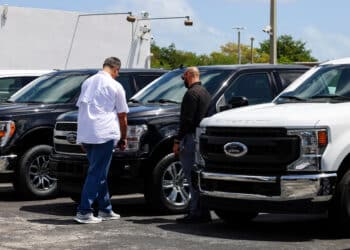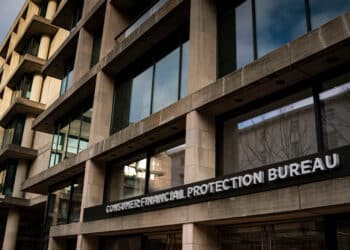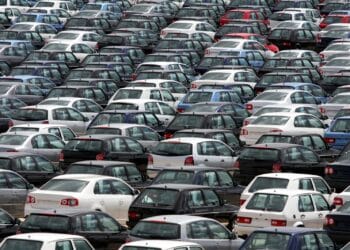Interest rates, leasing and sales dynamics: 3 themes at Auto Finance Summit
Auto Finance Summit 2024
LAS VEGAS — Auto lenders and manufacturers are still navigating high interest rates despite positive movement by the Federal Reserve, contributing to rising incentives and leasing share driven by affordability challenges and mixed sales results for new and used vehicles.
Auto Finance Summit 2024 kicks off today at Wynn Las Vegas, bringing together auto finance leaders to discuss key issues. Sessions at the summit will address sales and inventory trends, the rise of leasing, electric vehicle financing, subprime financing, digital strategy and the impact of changing consumer demand on operational strategies.
Keep an eye out as stakeholders at this year’s summit address the following:
Responding to Fed rate cut
Would-be car buyers have dealt with elevated auto loan rates and higher monthly payments since the Fed started raising interest rates in March 2022. On Sept. 18, the Fed made a half-point cut to the federal funds rate, bringing it down to a range of 4.75% to 5%.
The cut isn’t expected to have an immediate impact on auto rates. However, with more cuts expected into next year, auto loan rates, which have hovered around 8%, will likely fall, bringing down monthly payments and making car buying more affordable.
For auto lenders and dealers, managing a drop in interest rates will be top of focus into next year after vehicle sales were mixed for much of 2024.
Return of leasing
Incentives and affordability challenges have prompted an uptick in leasing after a slowdown brought on by pandemic-driven supply shortages.
The percentage of new vehicle purchases that were leased stood at 25.3% in the second quarter compared with 24.1% in Q1 and 21.1% in Q2 2023, according to the latest data from Experian.
Electric vehicles are also contributing to an increase in leasing share as consumers take advantage of federal tax credits. In Q2, 46.6% of consumers leased their EVs compared with 21.7% in Q2 2023 and 14.1% in Q2 2022, according to Experian.
Dealers are leaning on leasing to drive sales amid still-inflated vehicle prices and high interest rates. Sales and finance executives will gather during the summit to discuss how to navigate the return of leasing demand and the changing competitive landscape with incentives.
Changing sales landscape
During the pandemic, the supply chain shortage led to less vehicle manufacturing and, in turn, higher demand due to the lower supply. The used-vehicle market is still facing lower inventory and, though used-vehicle prices are falling, prices remain above pandemic levels.
On the new-vehicle side, inventories have recovered from pandemic lows, but demand isn’t as strong, which makes managing inventory important.
Lenders during the summit will highlight how affordability remains a challenge, leading to an uptick in incentives and lease offerings and creating difficulties, especially for subprime borrowers.
Follow all the latest news from this week’s Auto Finance Summit here.















